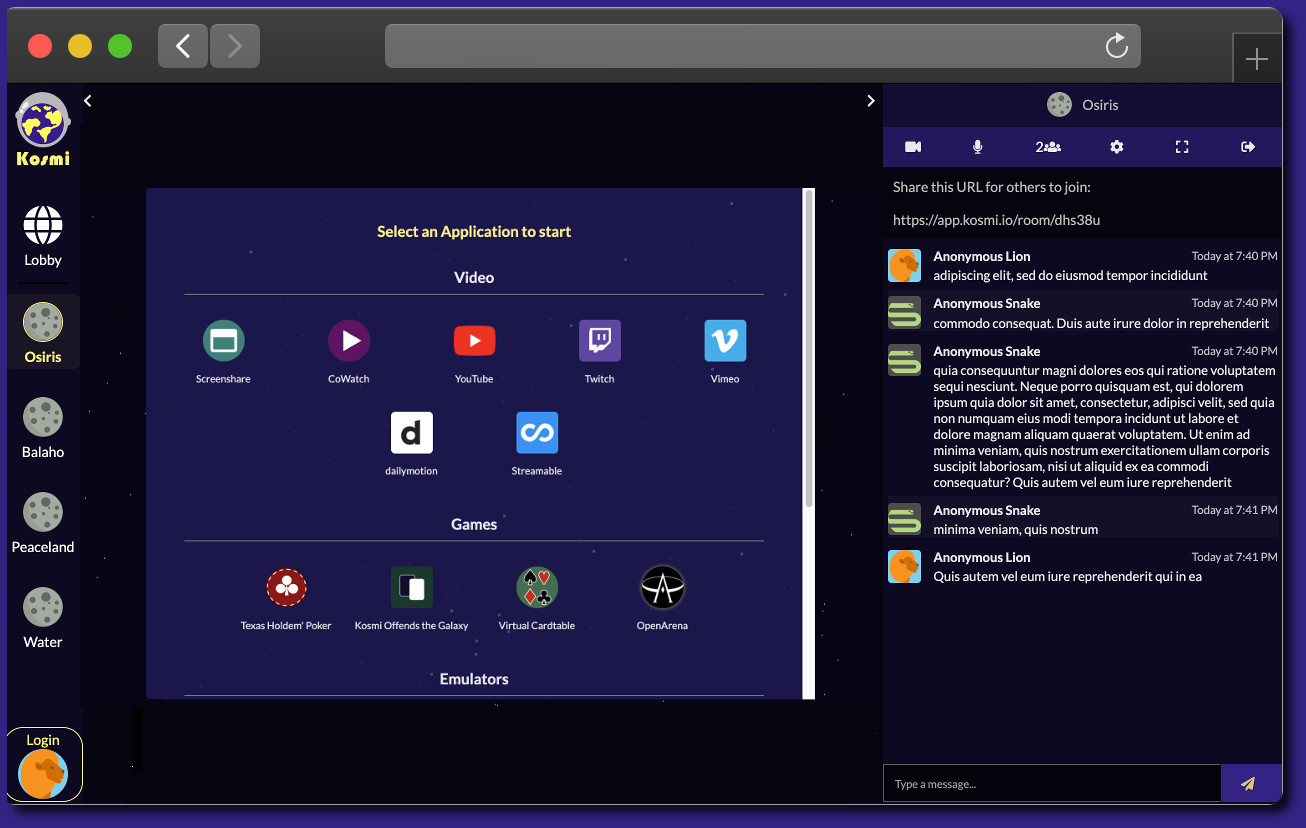131 private links
How a Python function relates to a two thousand year old debate in philosophy
Gherkin uses a set of special keywords to give structure and meaning to executable specifications. Each keyword is translated to many spoken languages; in this reference we’ll use English.
We describe the vision of being able to reason about the design space of data structures.
We break this down into two questions: 1) Can we know all data structures that is possible to design? 2) Can we compute the performance of arbitrary designs on a given hardware and workload without having to implement the design or even access the target hardware?
If those challenges are possible, then an array of exciting opportunities would become feasible such as interactive what-if design to improve the productivity of data systems researchers and engineers, and informed decision making in industrial settings with regards to critical ardware/workload/data structure design issues. Then, even fully automated discovery of new data structure designs becomes possible. Furthermore, the structure of the design space itself provides numerous insights and opportunities such as the existence of design continuums that can lead to data systems with deep adaptivity, and a new understanding of the possible performance trade-offs. Given the universal presence of data structures at the very core of any data-driven field across all sciences and industries, reasoning about their design can have significant benefits, making it more feasible (easier, faster and cheaper) to adopt tailored state-of-the-art storage solutions. And this effect is going to become increasingly more critical as data keeps growing, hardware keeps changing and more applications/fields realize the transformative power and potential of data analytics.
This paper presents this vision and surveys first steps that demonstrate its feasibility.
VoLoc, a system that uses the microphone array on Alexa, as well as room echoes of the human voice, to infer the user location inside the home.

After the first case of covid-19, the disease caused by the new strain of coronavirus, was announced in the United States, reports of further infections trickled in slowly. Two months later, that trickle has turned into a steady current.
Timo Zimmermann about software engineering, leading teams, consulting and start ups.
Watch videos together, play games, or simply chat with friends or strangers all from within your browser!

This guide explains how to edit remote files with Vim on Linux. Starting from Vim 7.x version, the netrw plugin allows you to edit remote system files.
Why on earth would someone would pick C to start a new project in 2020? Surely there is a newer language with more shiny features that’s better right? Well I can’t speak for other people but I’ll tell you my reasons.
First of all let me preface this by saying that of course this is a biased opinion and the language I pick for something depends on the context it’s going to be used in. For example; I doubt I’ll ever be reaching for C when writing a web service simply because the ecosystem around that domain isn’t great and I’m not itching to write my http framework at this time.
But for games, more specifically cross-platform games C is a clear winner for me because it provides me with exactly the things I’m looking for which is reliability, simplicity and performance.


The Fortran 77 codes for the open-loop and the closed-loop simulations for the Tennessee Eastman process (TEP) as well as the training and testing data files used for evaluating the data-driven methods (PCA, PLS, FDA, and CVA).
Vstr is a string library, it's designed so you can work optimally with readv()/writev() for input/output. This means that, for instance, you can readv() data to the end of the string and writev() data from the beginning of the string without having to allocate or move memory. It also means that the library is completely happy with data that has multiple zero bytes in it.
This design constraint means that unlike most string libraries Vstr doesn't have an internal representation of the string where everything can be accessed from a single (char *) pointer in C, the internal representation is of multiple "blocks" or nodes each carrying some of the data for the string. This model of representing the data also means that as a string gets bigger the Vstr memory usage only goes up linearly and has no inherent copying (due to other string libraries increasing space for the string via. realloc() the memory usage can be triple the required size and require a complete copy of the string).
Like many developers, I have been interested in Rust for quite some time. Not only because it appears in so many headlines on Hacker News, or because of the novel approach the language takes to safety and performance, but also because people seem to talk about it with a particular sense of love and admiration. On top of that, Rust is of particular interest to me because it shares some of the same goals and features of my favorite go-to language: Swift. Since I've recently taken the time to do try out Rust in some small personal projects, I wanted to take a little time to document my impressions of the language, especially in how it compares to Swift.
All the essential Deep Learning Algorithms you need to know including models used in Computer Vision and Natural Language Processing.

